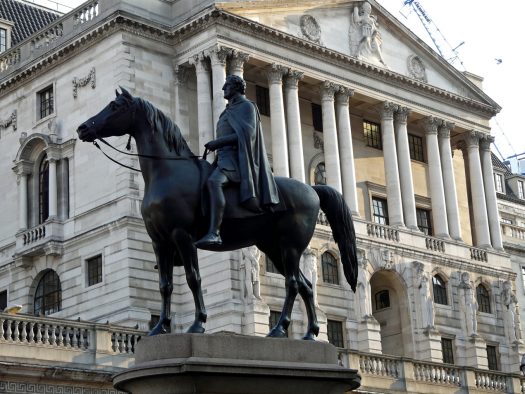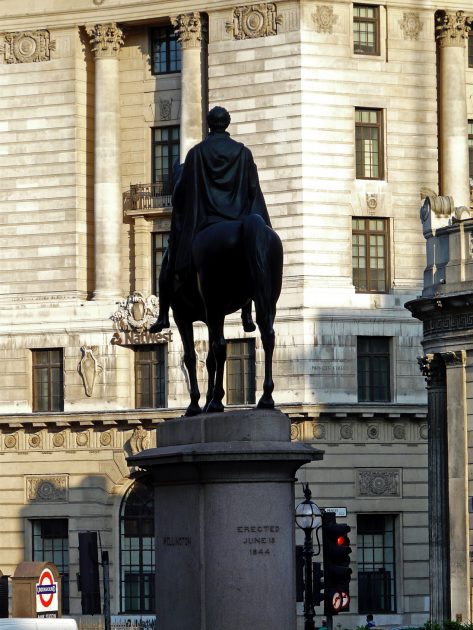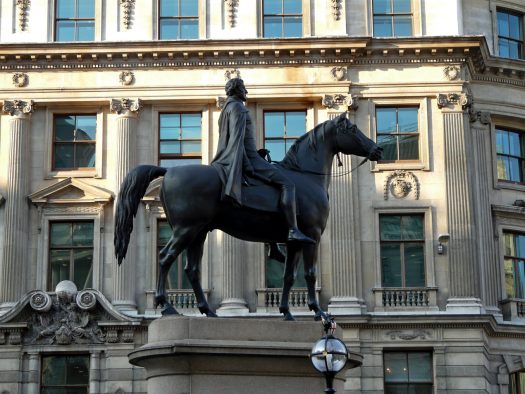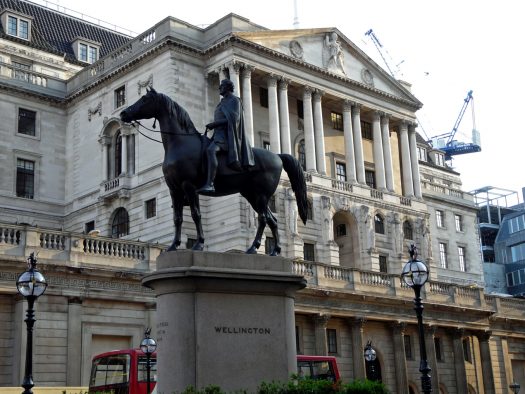Home | Wellington, Duke of
- CountryUK
- Town:London
-
Year of creation:1844
- Rider(s):Wellington, Duke of
Arthur Wellesley (1769–1852), better known as The Duke of Wellington, rose to prominence as a general during the peninsular campaign of the Napoleonic Wars, and was promoted to the rank of Field Marshal after leading the allied forces to victory against the French at the Battle of Vitoria in 1813. At the age of 44, he was the youngest officer ever to earn this rank. In 1815, he commanded the allied armies, defeating Napoleon at the Battle of Waterloo. He was prime minister twice, and continued as one of the leading figures in the House of Lords until his retirement. He remained Commander-in-Chief of the British Army until his death in 1852.
- Sculptor(s):Chantrey and Weekes
Francis Chantrey (1781 –1841) was an English sculptor.
Henry Weekes (1807 – 1877) was among the most successful British sculptors of the mid-Victorian period. He spent most of his career in London, where he worked for Francis Chantrey. On Chantrey’s death in 1841, Weekes took over his studio and, at Chantrey’s request, completed his unfinished works, most notably this equestrian bronze of the Duke of Wellington.
-
The Duke of Wellington is also the only person to have two equestrian statues in London.
The first statue by Chantrey and Weekes was erected by the City of London in front of the Royal Exchange. This was in recognition of his help in getting a bill through parliament allowing the rebuilding of London Bridge. Although Wellington is in a form of patrol uniform with a cloak hanging from him, he has no stirrups and there is only a saddlecloth.
Both this statue and the one by Joseph Edgar Boehm (1888) near Hyde Park Corner in London are presumed to have been made of bronze from captured French guns.












